Owls are one of the most intriguing and fascinating creatures in the animal kingdom. With their large eyes, sharp beaks, and distinctive hoots, owls have captured the imagination of people for centuries. In this blog post, we will delve into the fascinating world of owls and discover the unique and amazing aspects of these incredible birds.
-
Physical Characteristics of Owls:
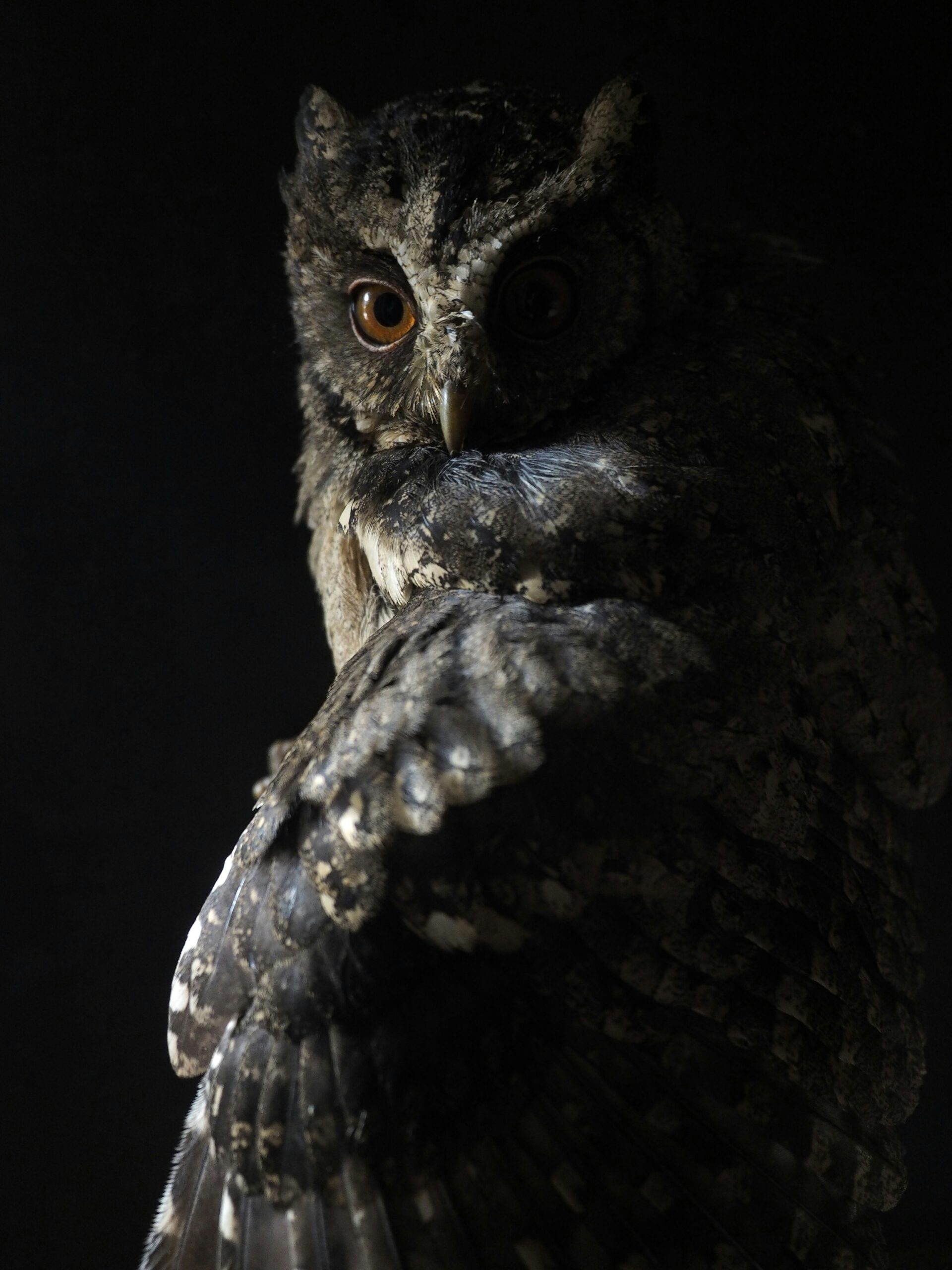
Owls are birds of prey and are known for their powerful hunting skills. They have large heads, round faces, and large, forward-facing eyes that give them binocular vision. This allows them to accurately judge distances and detect movement. Owls also have sharp, hooked beaks that they use to tear their prey.
Another distinctive physical characteristic of owls is their feathers. Owls have specialized feathers that allow them to fly silently, making them excellent hunters. Their feathers have soft, downy edges that muffle the sound of air passing through them, allowing owls to approach their prey without being heard.
-
Habitat and Distribution of Owls:
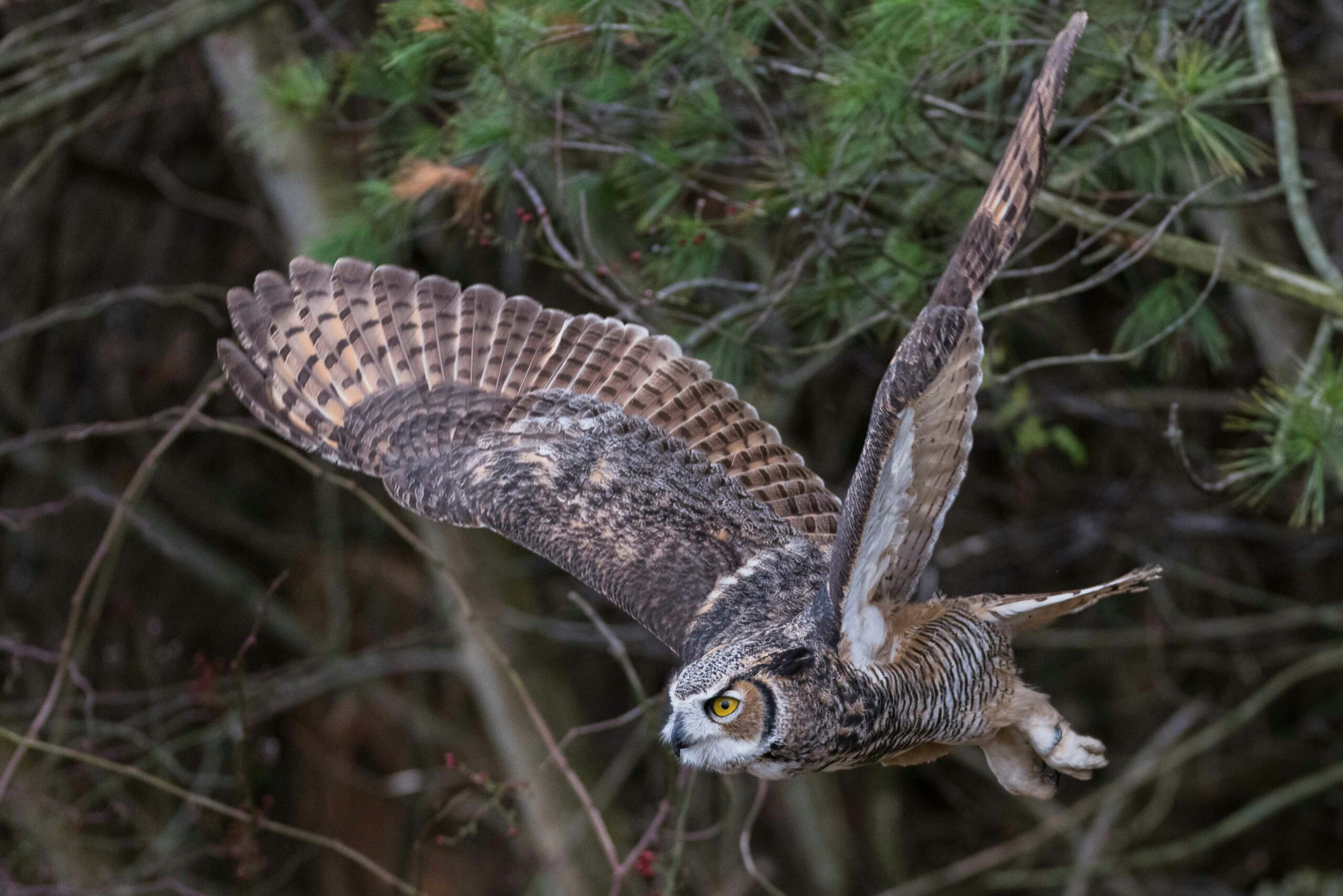
Owls are found on every continent except Antarctica. They can be found in a variety of habitats, including forests, grasslands, deserts, and even urban areas. Some species of owls are migratory, while others are year-round residents.
-
Behavior and Hunting Habits of Owls:

Owls are nocturnal birds, meaning they are most active at night. They have exceptional night vision and can see in near darkness. Owls also have excellent hearing, and they use their ears to locate prey. Their ears are located on the sides of their heads, and the shape and positioning of their ears allow them to accurately pinpoint the location of sounds.
Owls hunt a variety of prey, including rodents, birds, insects, and reptiles. They use their sharp talons to catch and kill their prey. Owls have a unique hunting technique called “mousing,” where they fly low to the ground and use their hearing to locate prey. They then swoop down and grab their prey with their talons.
-
Reproduction and Lifecycle of Owls:
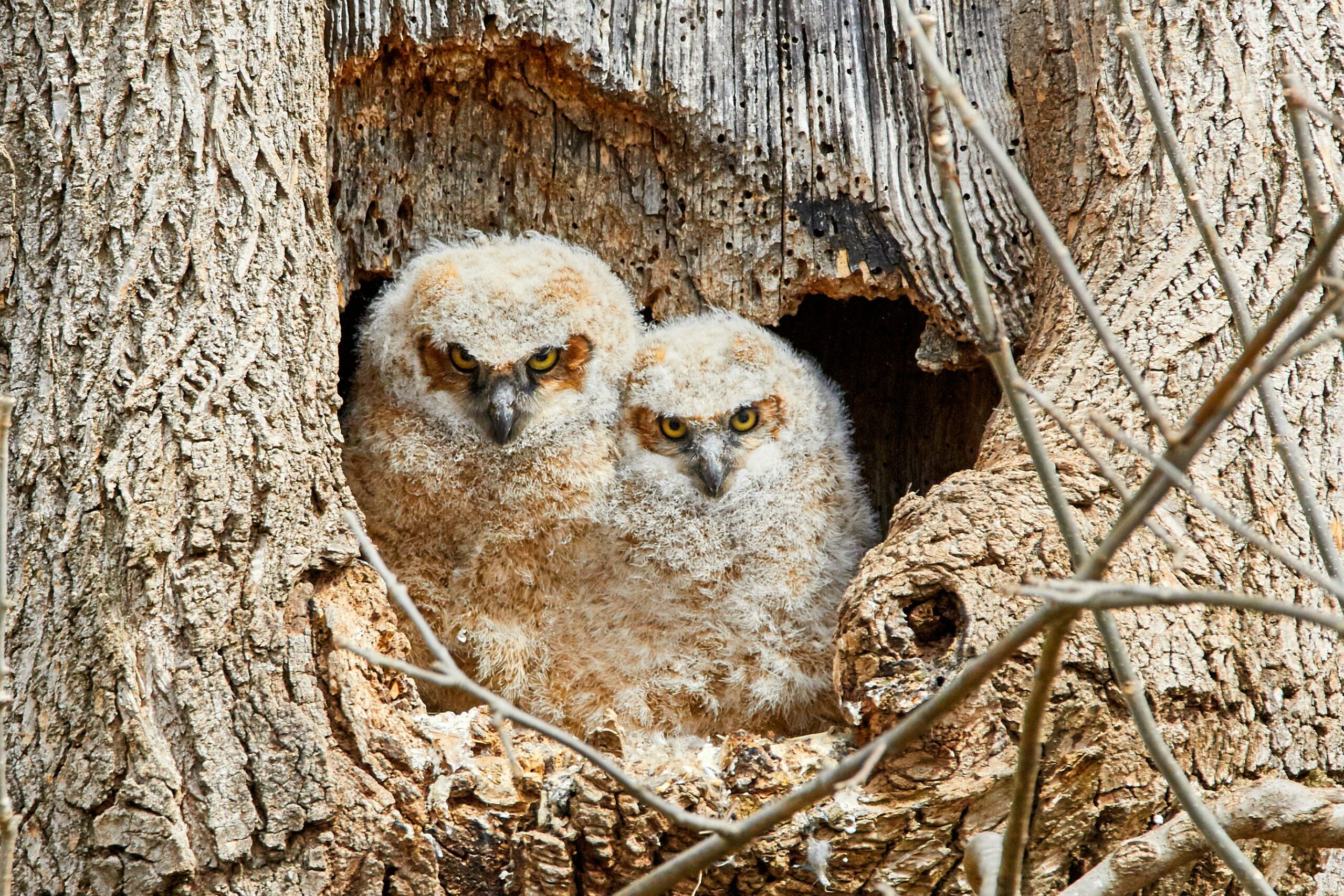
Owls typically breed once a year, and the breeding season varies depending on the species. Owls build nests in trees, on the ground, or in abandoned nests of other birds. They lay a small number of eggs, usually between 1 and 5, and the incubation period varies depending on the species.
Owls are caring parents and both the male and female owl help to incubate the eggs and care for the young. The young owls, called owlets, are born helpless and are dependent on their parents for food and protection. The owlets grow quickly and are able to fly and hunt on their own within a few weeks.
-
Conservation Status of Owls:
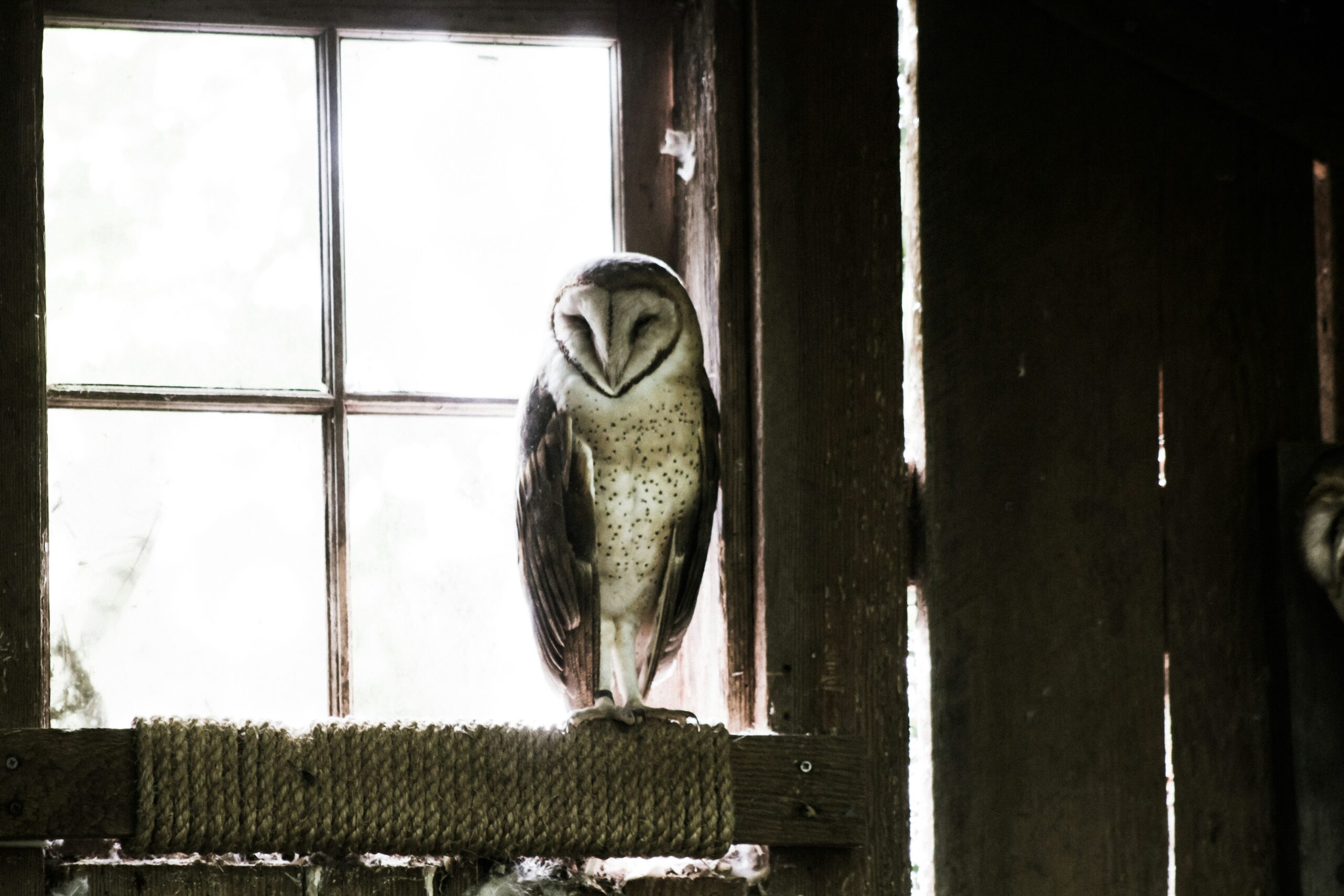
Many species of owls are threatened or endangered due to habitat loss, hunting, and other human activities. However, many conservation organizations are working to protect owls and their habitats. By supporting conservation efforts, we can help ensure the survival of these incredible birds for future generations to enjoy.
-
Owl Subspecies and Species:
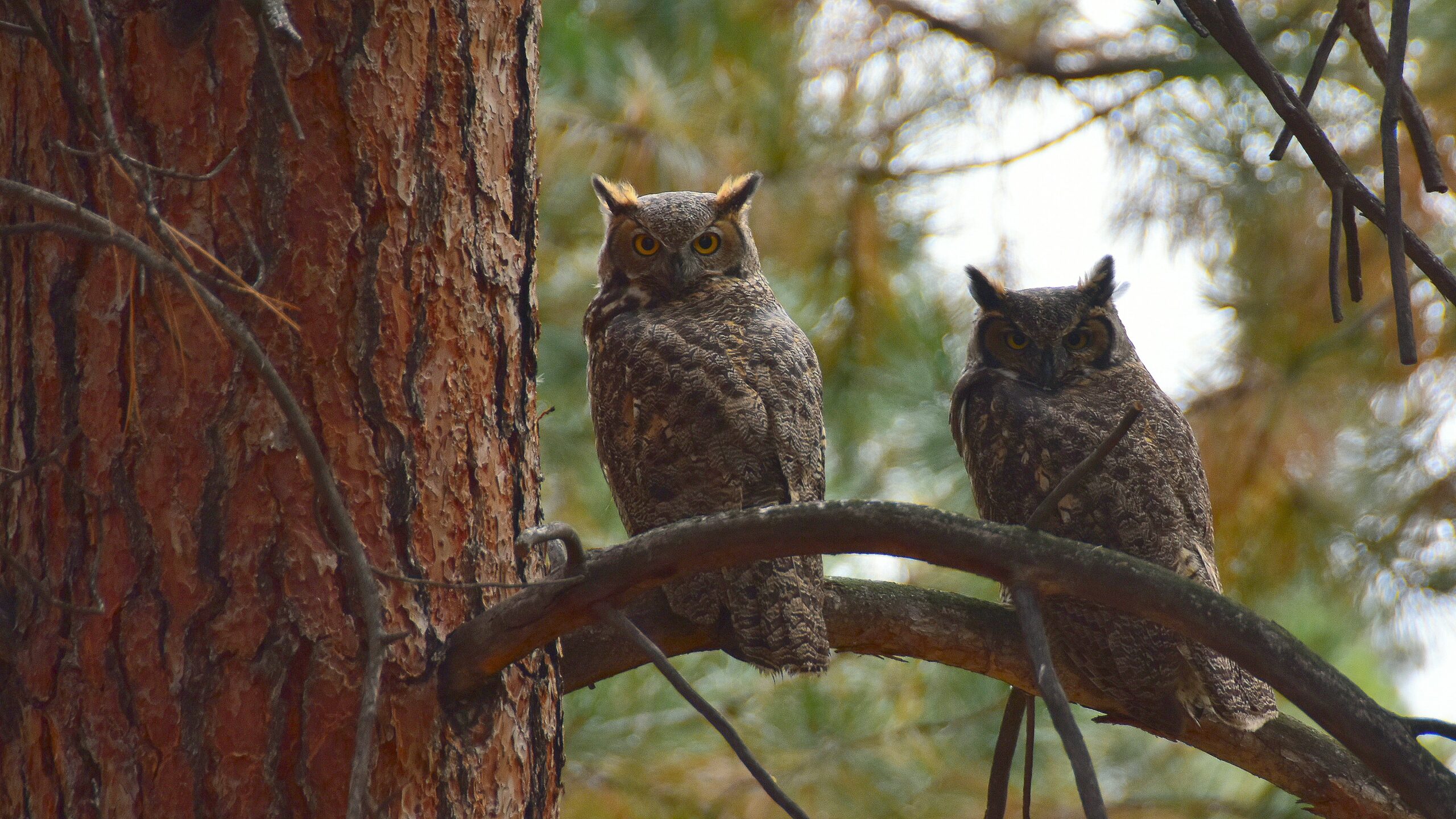
There are over 200 species of owls, and they can be divided into two main groups: typical owls and barn owls. Typical owls have large, round heads and forward-facing eyes, while barn owls have long, pointed faces and eyes that are located on the sides of their heads.
Some of the most well-known species of owls include the barn owl, great horned owl, snowy owl, and barn owl. Each species of owl has unique physical characteristics, behaviors, and habitats.
-
Owl Mythology and Folklore:
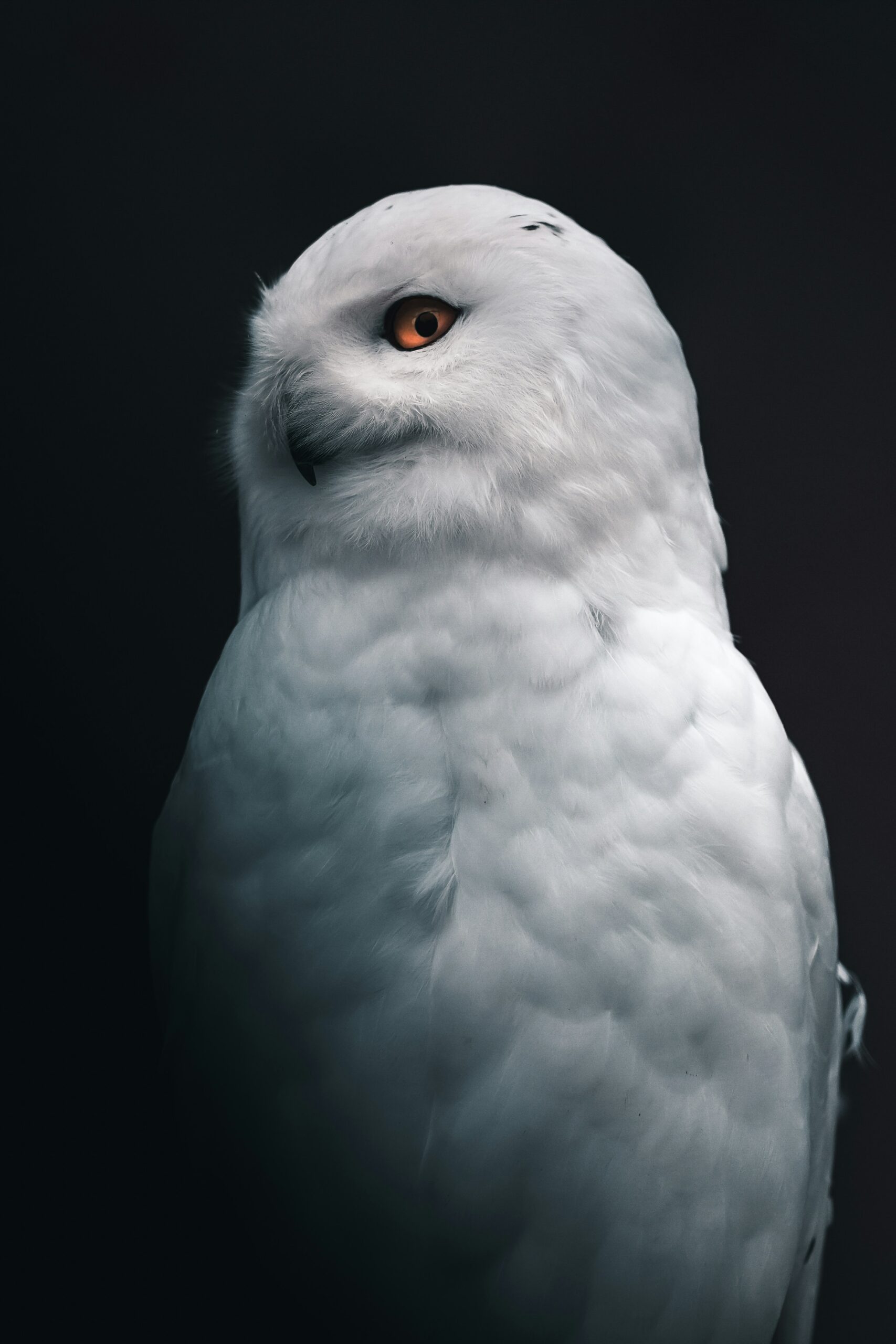
Owls have been revered and feared throughout history. They have been seen as symbols of wisdom, mystery, and death. In many cultures, owls are believed to have magical or supernatural powers, and they are often depicted in mythology and folklore.
In some cultures, owls are considered to be wise and all-knowing, while in others, they are seen as omens of death and misfortune. Owls have also been associated with witchcraft and magic, and they have been featured in many fairy tales and legends.
-
Owl Conservation and Protection:
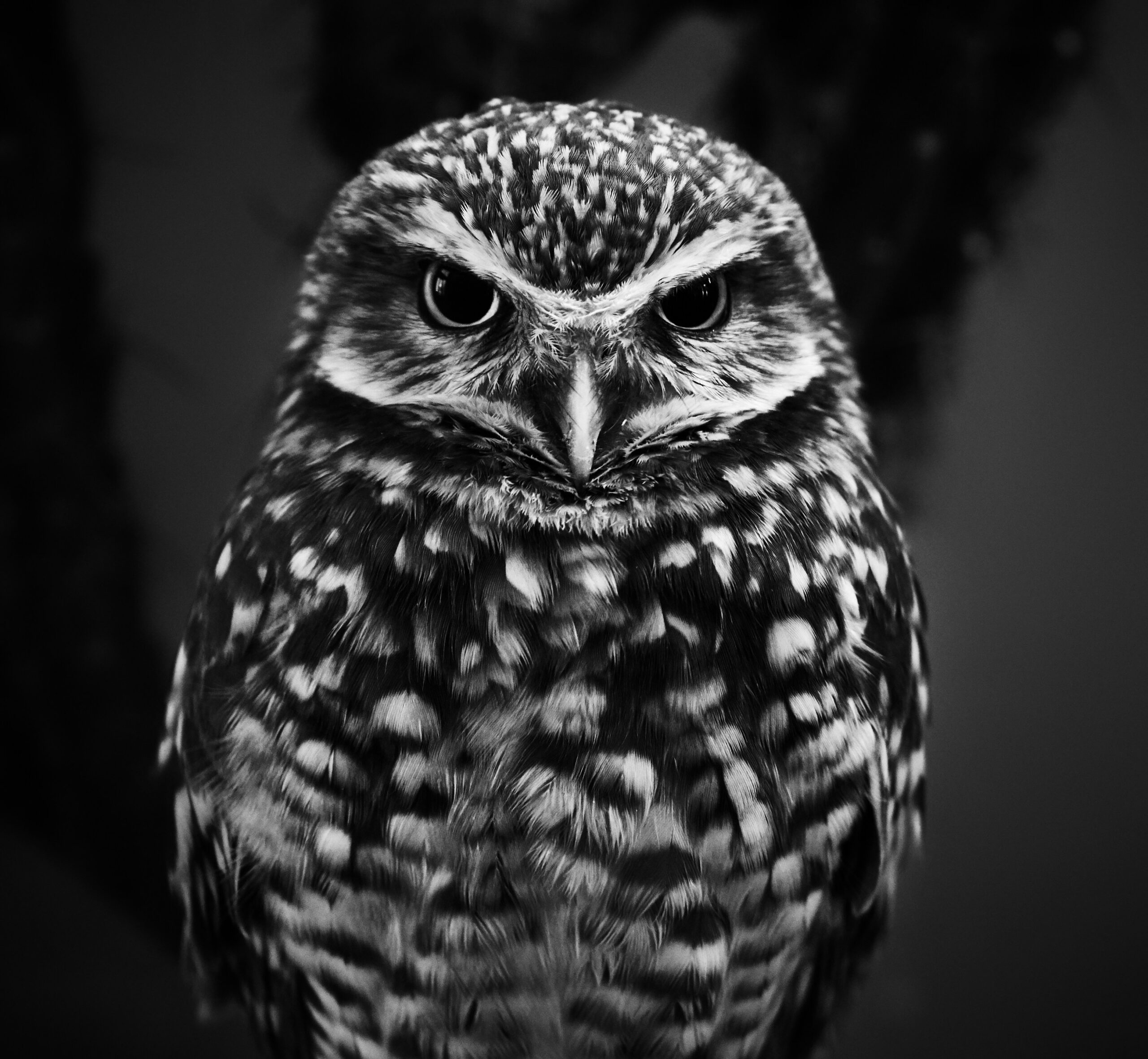
Many species of owls are threatened or endangered due to habitat loss, hunting, and other human activities. However, there are many conservation organizations and initiatives working to protect owls and their habitats.
One such organization is the International Owl Center, which is dedicated to promoting awareness and conservation of owls. The center offers educational programs, research opportunities, and conservation initiatives to help protect owls and their habitats.
Another organization is the Owl Foundation, which is dedicated to the rehabilitation and conservation of owls. The foundation operates a rehabilitation center where injured and orphaned owls are cared for and released back into the wild.
-
Owl Encounters and Experiences:
For those who are interested in learning more about owls, there are many opportunities to encounter and experience these incredible birds. Many wildlife parks, zoos, and nature centers offer owl encounters and experiences, where visitors can get up close and personal with owls and learn about their behavior and ecology.
In addition, there are many owl festivals and events held throughout the year, where visitors can see owls in flight, learn about conservation efforts, and participate in educational programs.
Conclusion:
Owls are fascinating and incredible birds that have captivated the imagination of people for centuries. From their large eyes and sharp beaks to their silent flight and exceptional hunting skills, owls are truly unique and amazing creatures. By learning about owls and supporting conservation efforts, we can help ensure the survival of these incredible birds for future generations to enjoy.






